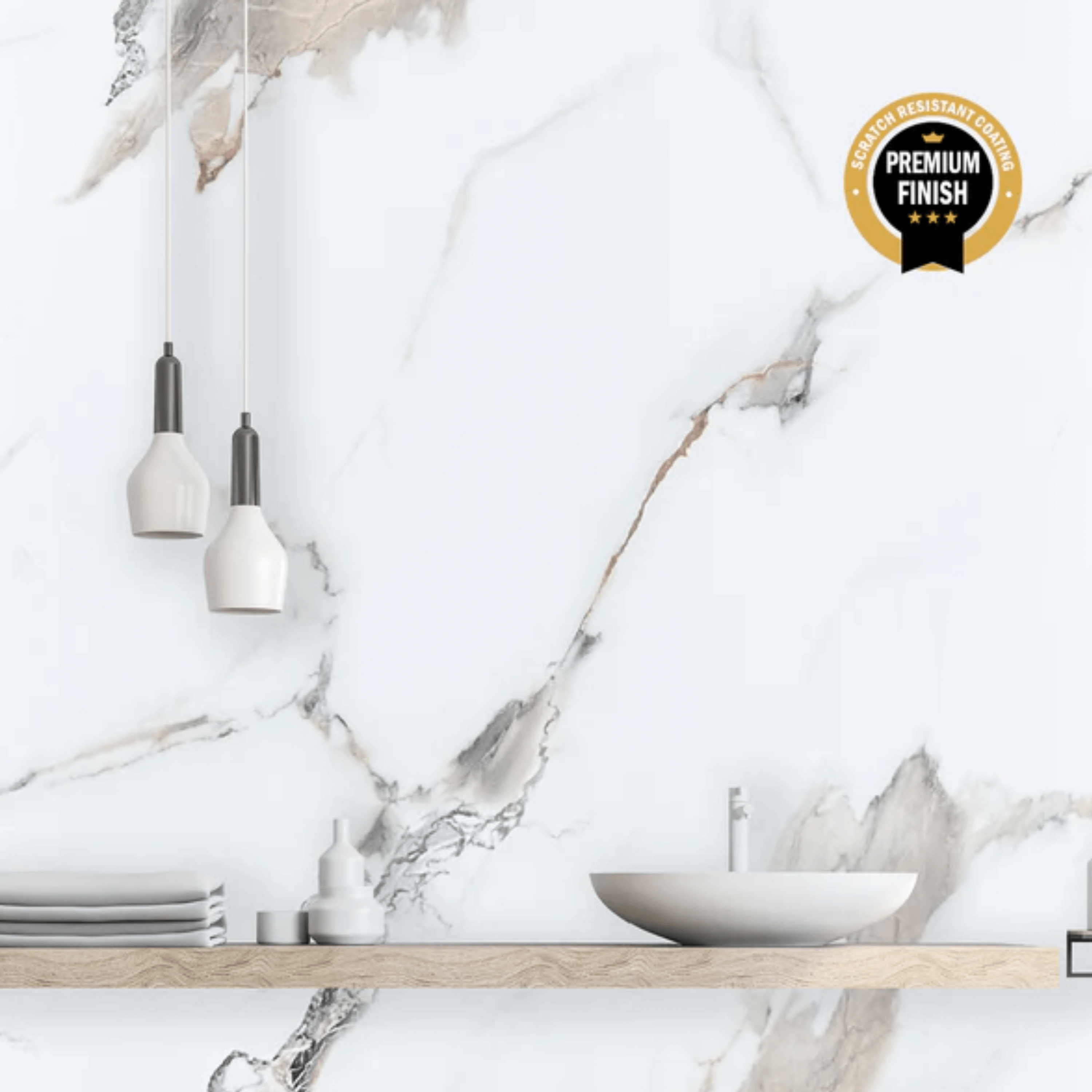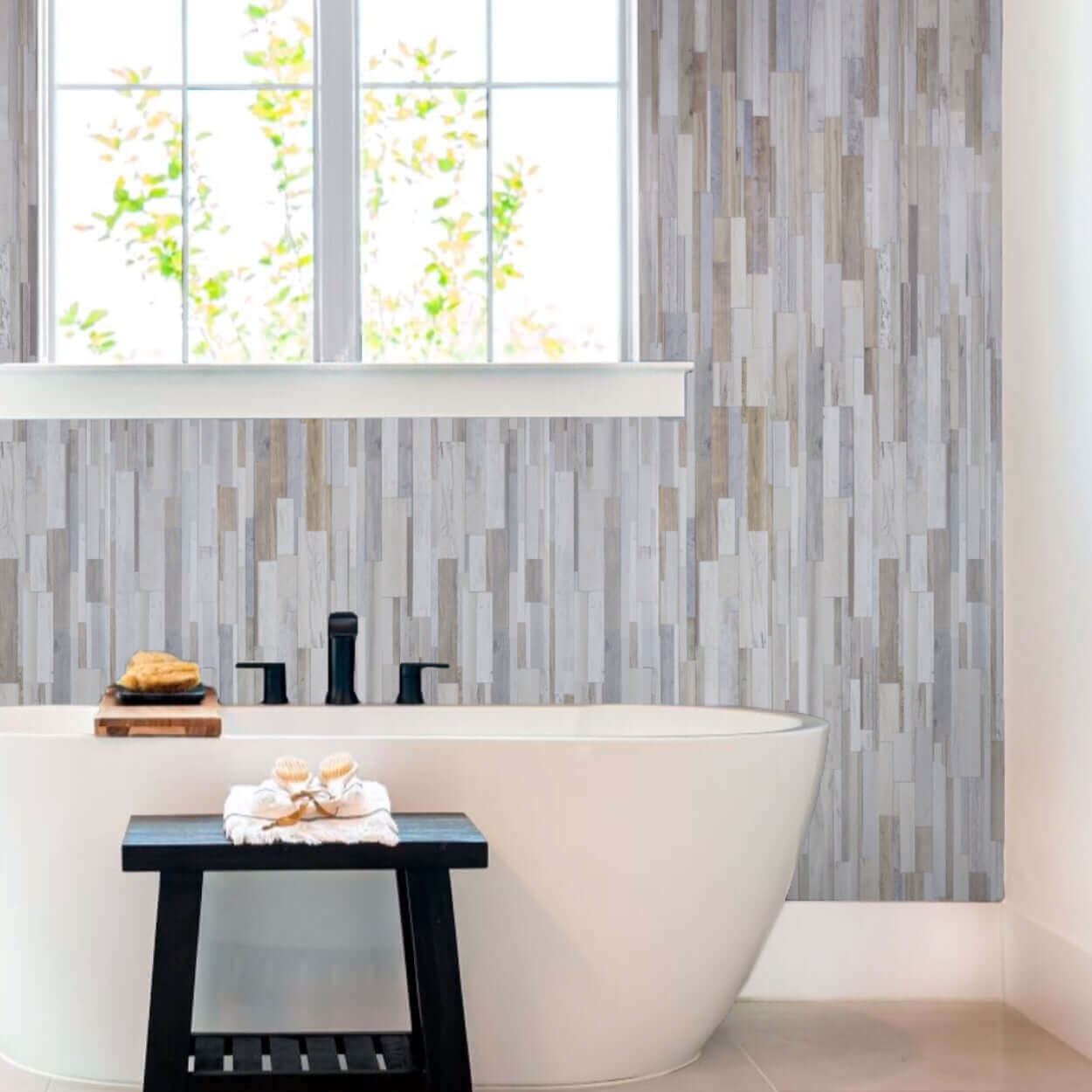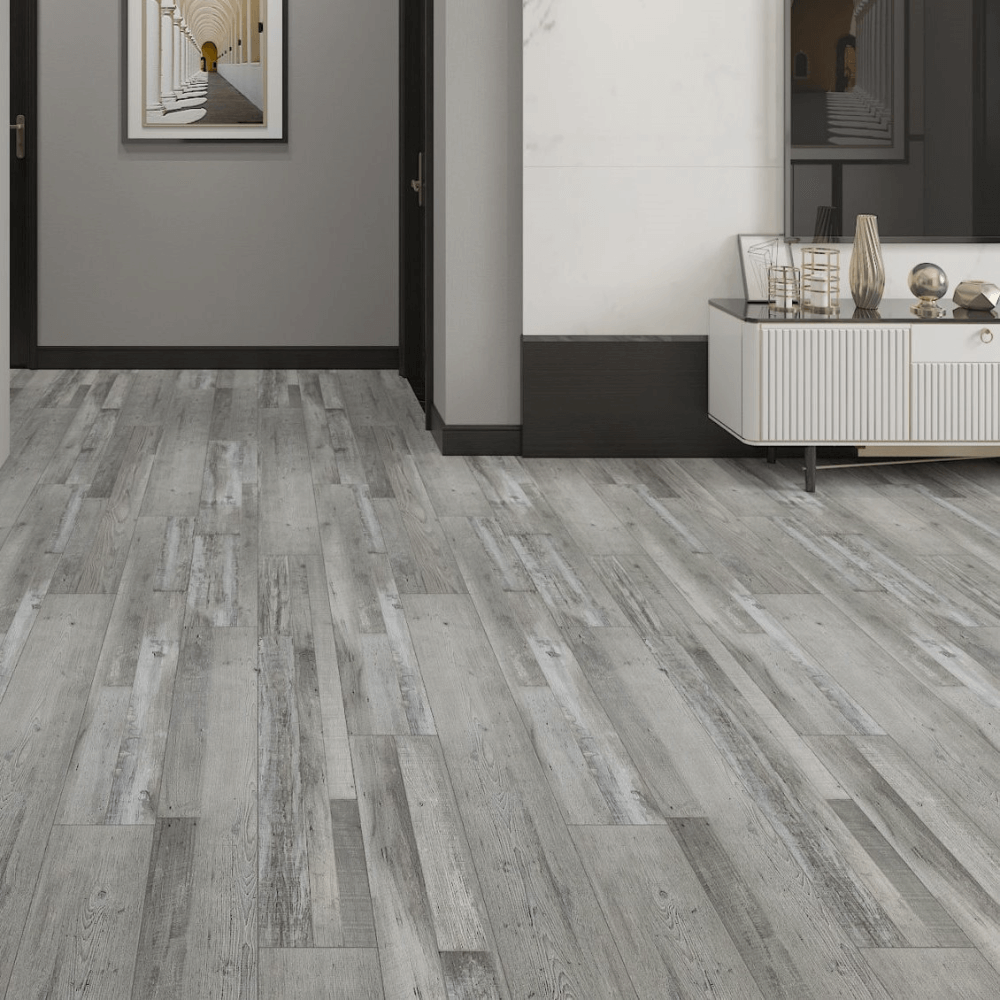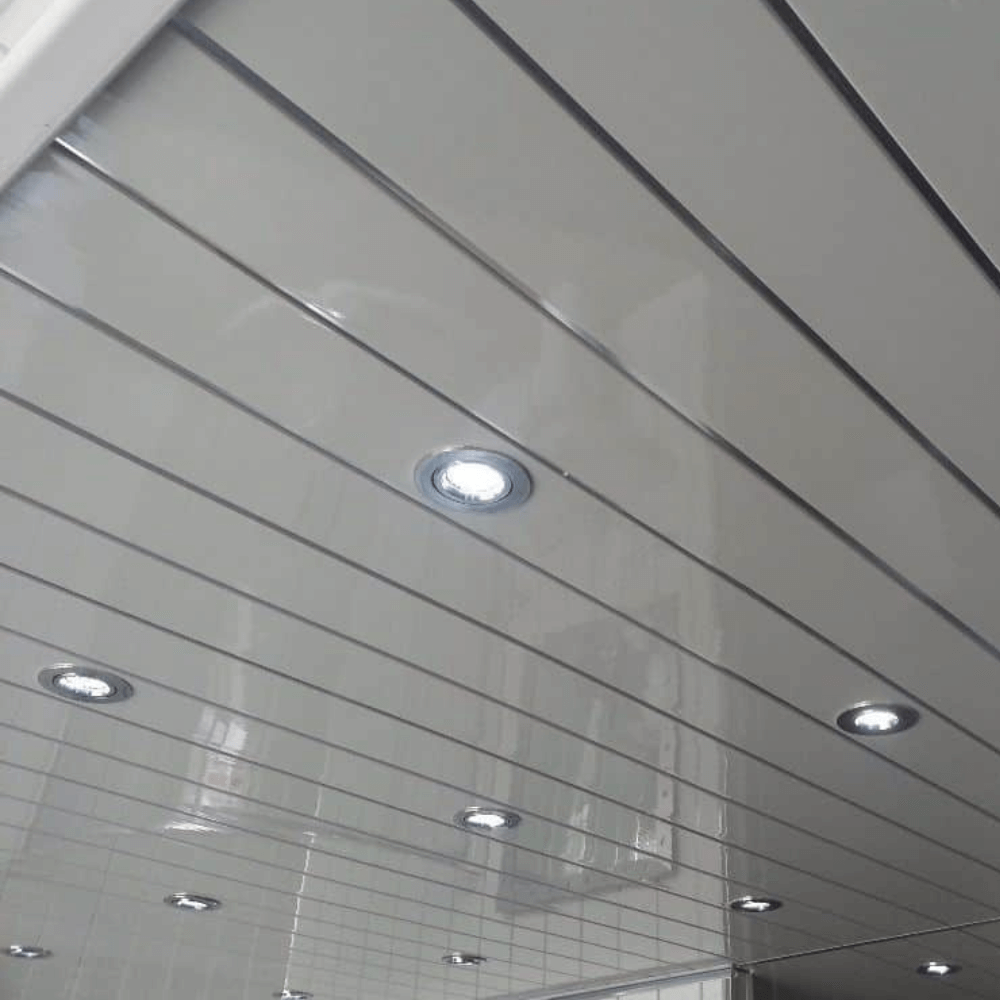If you're dealing with excess moisture in your bathroom, installing an extractor fan is one of the most effective ways to reduce humidity and prevent long-term issues like mould, mildew, and damp patches. Proper ventilation not only protects your walls and fixtures but also improves overall air quality.
The good news? You don’t always need to hire a professional to get the job done. With the right tools and a bit of patience, you can fit a bathroom extractor fan yourself. Here’s a straightforward, step-by-step guide to help you through the process with confidence.

Understanding Bathroom Extractor Fans
A bathroom extractor fan is designed to remove moisture and odours from the bathroom by expelling them outside through a vent or outlet. It helps maintain proper ventilation and reduces humidity levels, contributing to a more comfortable and energy-efficient environment.
Step-by-Step Installation Guide
1. Preparation and Planning
- Measurement: Measure the area where you plan to install the fan to ensure proper ventilation.
- Location: Choose an appropriate spot, typically near the shower or bath area, where moisture accumulation is high.
2. Cutting the Hole
- Marking: Use a pencil to mark the position of the fan on the ceiling.
- Drilling: Drill a hole in one part of the marked outline.
- Cutting: Use a pad saw to cut along the outline carefully, ensuring there are no hidden wires or pipes.
3. Securing the Fan
- Fitting: Secure the fan in place using the provided fittings.
- Drilling Holes: Use a drill to create holes where the fittings (screws) will go.
- Securing: Hold the fan firmly and use a screwdriver to secure the fittings into place. The method of securing may vary depending on your ceiling type.
4. Installing the Ducting
- Connecting Ducting: Attach flexible ducting to the ceiling vent of the fan.
- External Vent: Secure the other end of the ducting to the external vent to ensure proper air circulation.
5. Electrical Connections
- Safety Note: Electrical work should be performed by a qualified electrician.
- Wiring: Connect the fan to the electrical system. It can be wired to operate separately or in conjunction with the bathroom light switch for convenience.
6. Finalising Installation
- Attaching Cover: Once the electrical connections are securely made, attach the grill cover over the fan on the bathroom ceiling.
- Testing: Test the fan to ensure it’s functioning properly and effectively removing moisture.
Installing a bathroom extractor fan is a practical way to enhance the comfort and longevity of your bathroom. By following these steps, you can effectively fit a bathroom extractor fan on your own, saving both time and money. However, ensure electrical connections are handled by a professional for safety reasons. With proper installation, you’ll enjoy a bathroom free from moisture-related issues and maintain a healthier indoor environment.









